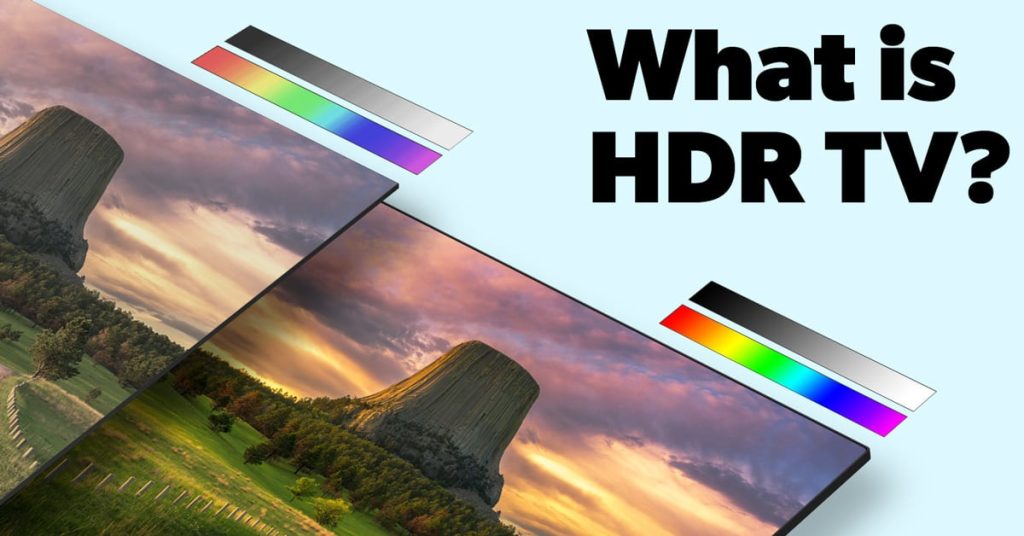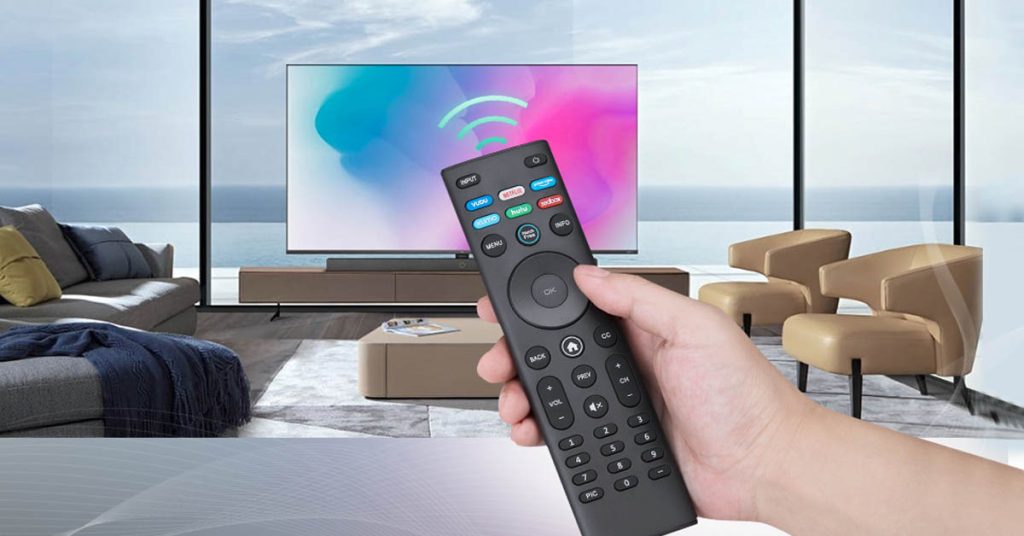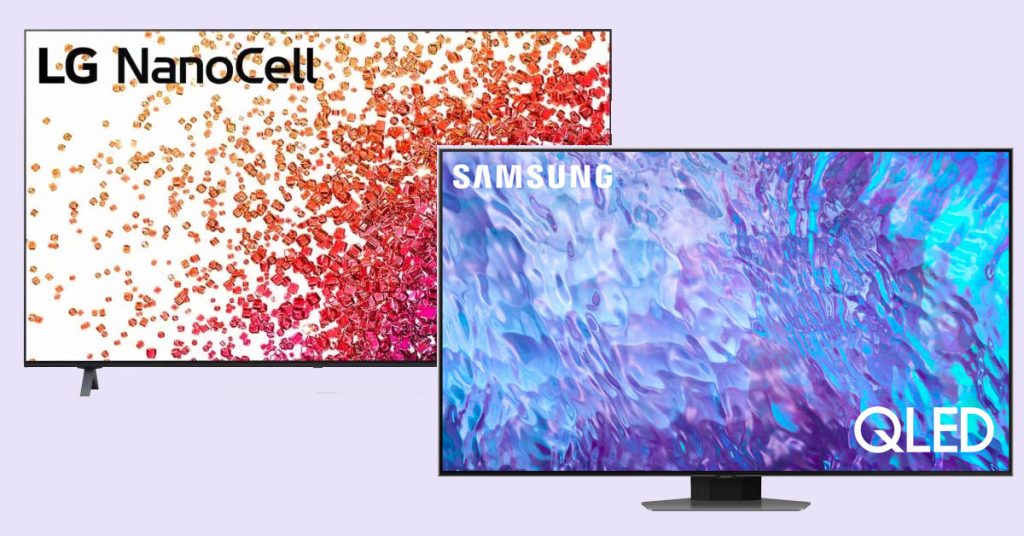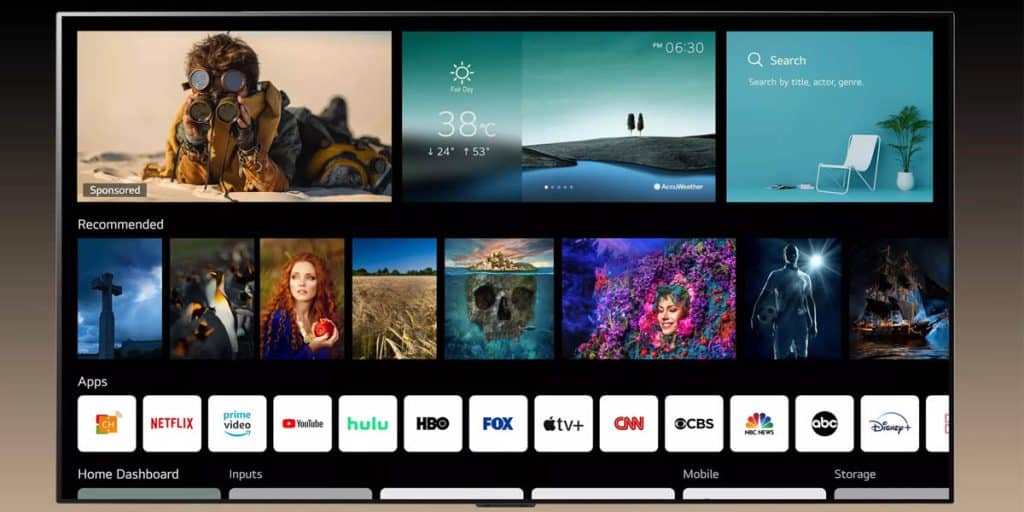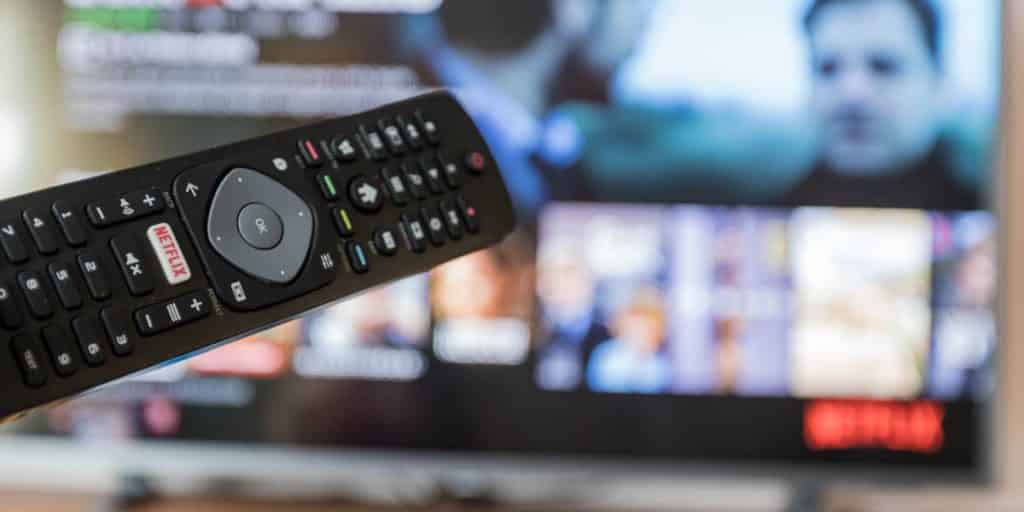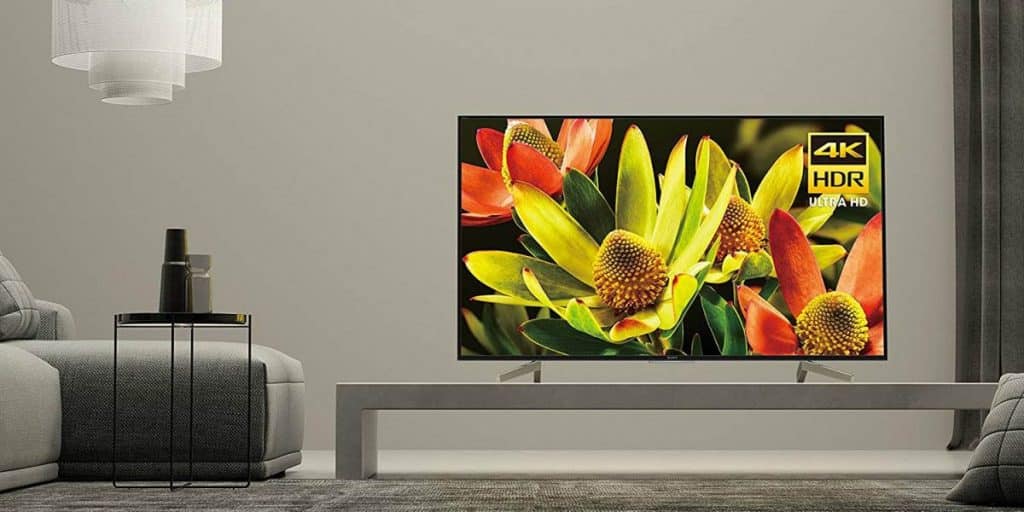HDR Movie and 24fps
Modern advances in resolution, color reproduction, and dynamic range are making cinematography more vivid and saturated. However, maintaining the standard of 24 frames per second limits the full potential of HDR content, causing concern among filmmakers.
Traditionally, the motion picture industry has relied on the capabilities of projectors to set certain technical standards, such as a brightness of 14 foot-lamberts. Such parameters were chosen because of their technological feasibility at the time, but over time they became classics, shaping the visual language of cinema.
How foot-lamberts are used in projectors
Foot-lamberts are used as the unit of measurement when referring to image brightness rather than luminous flux. We know that a typical home cinema projector should have a brightness of between 12 and 22 foot-lamberts. The most common recommendation is 14 or 16 foot-lamberts, although many people prefer 18-20. In the absence of adequate lighting, 55 foot-lamberts or more are recommended.
Home cinema is known to be commonly calibrated at 14-16 ft lamberts, although there are some assumptions — 12 is OK too. We are talking specifically about brightness, not lumens, which is the actual brightness given the screen diagonal and the characteristics of the screen (mainly the ‘gain’). Brightness in foot-lamberts is identical to the brightness of monitors and TVs listed in the specifications: 14-16 foot-lamberts correspond to approximately 50 cd/m2 (nits). It is legitimate to use either unit, but it is more common to use foot-lamberts.
A brightness of 16 foot-lamberts is a very solid white, without any hint of grey. The picture is bright and vibrant. Bright scenes do look bright and vibrant.
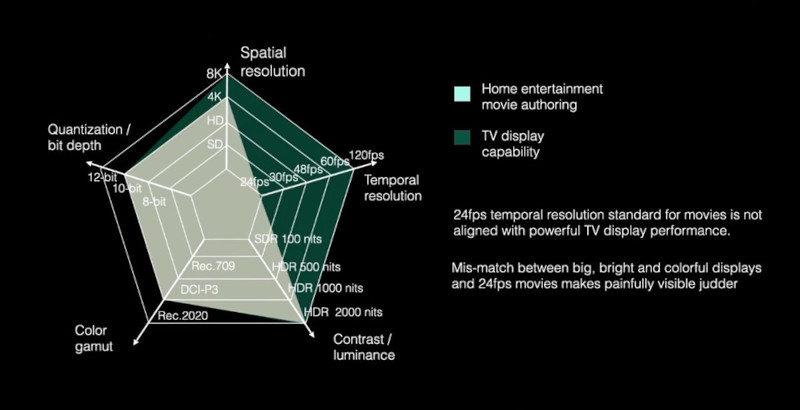
Candela and Nit
The more popular unit for measuring the brightness of displays is candela/m2 (nit). 1 foot-lamberts = 3.426 nits. 1 nit is approximately equal to 0.292 foot-lamberts. For example, the SMPTE recommended 16 foot-lamberts is approximately 54.8 nits (cd/m2) (16 * 3.426).
Attempts to conform to 2018 HDR cinema standards have raised questions about the inability of existing projectors to meet the new demands, especially the need for LED screens to achieve high brightness and black depth. This highlighted the technical limitations that dictated the choice of 24 frames per second to synchronize sound and image in the 1920s, laying the foundations for sound cinema.
Today, the problems associated with reproducing 24-frame content on modern HDR displays call into question the need to maintain this standard. On OLED or QD-OLED home screens with high brightness and contrast characteristics, image shake becomes noticeable, causing discomfort for viewers.
Technology manufacturers offer various solutions, such as motion smoothing, but they do not always take into account the author’s idea and may not reproduce content in the way the creators intended. This points to the need to reconsider frame rate standards in the era of HDR cinematography to balance technical capabilities and artistic vision.

Rethinking 24fps in the age of HDR
Cinema projections at 24 frames per second with a brightness of 14 foot-lamberts (about 48 nits) have historically served as the gold standard for movie theaters, providing satisfactory viewing quality in dark auditoriums. However, with the advent of HDR technology and modern displays such as OLED and QD-OLED, this standard faces new challenges. The problem manifests itself in the form of image shake, especially noticeable when viewed in bright or contrasty scenes, which can lead to viewer discomfort.
It is interesting to note that cinematography, despite its technological advantages, now seems outdated compared to the capabilities of home devices. The controversy revolves around why content, especially TV series that are not getting the big screen treatment, continue to be produced according to outdated norms laid down back in the projector era.
In Hollywood, the solution is to increase the frame rate to 48, 60, and sometimes 120 frames per second to eliminate the shake effect. However, this entails the risk of losing the cinematic atmosphere and creating a “soap opera” effect.
In response, TrueCut Motion technology has been developed to allow directors to fine-tune motion, blur, and frame rate settings after shooting, scene by scene. This process, called “motion estimation,” is similar to color correction and has become an integral part of the production process, ensuring a cinematically correct image.
While progress in cinema is emerging, the development of technologies like EDR (Dolby Cinema) and HDR suggests that Hollywood will have to consider moving to higher frame rates in the future. Particular attention should be paid to the booming home entertainment market, where an HDR movie ecosystem is looming, led by giants such as Apple, Disney, and Pixelworks, promising natural motion reproduction with TrueCut Motion.
In 2018, attempts to adapt movie standards to HDR raised concerns about the inadequacy of existing projectors to meet the new requirements, particularly the need for LED walls to achieve high brightness and black depth. This text highlights the technical limitations that led to the choice of 24 frames per second in the 1920s to synchronize sound and image, laying the groundwork for sound cinema.
However, reproducing 24-frame content on modern HDR displays can cause image shake, which can be uncomfortable for viewers. This raises questions about the need to maintain this standard, particularly on OLED or QD-OLED home screens with high brightness and contrast characteristics.
Technology manufacturers offer different solutions, such as motion smoothing. However, these solutions may not always consider the author’s intention and may not reproduce content as the creator intended. This highlights the need to reconsider frame rate standards in the era of HDR cinematography to balance technical capabilities with artistic vision.
Therefore, it’s important to rethink 24fps in the age of HDR. Did you know that historically, cinema projections have been shown at 24 frames per second with a brightness of 14 foot-lamberts (approximately 48 nits)? This has been considered the gold standard for movie theatres and has provided satisfactory viewing quality in dark auditoriums. However, with the introduction of HDR technology and modern displays, such as OLED and QD-OLED, this standard is now facing new challenges. You may be experiencing image shake, which can be particularly noticeable in bright or contrasty scenes and may cause viewer discomfort.
It’s important to note that while cinematography has technological advantages, it may appear outdated compared to modern techniques.

